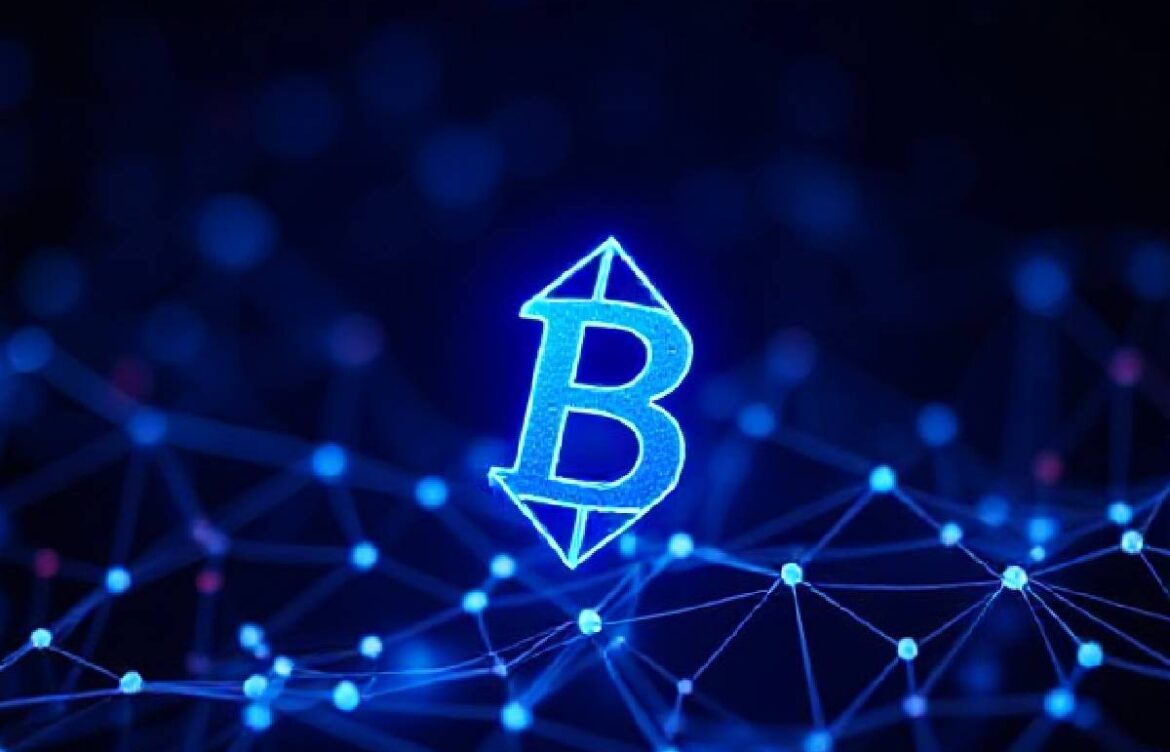
What Is a Blockchain?
Blockchain – A blockchain is a scattered database or ledger shared amongst the computer network’s nodes. They are finest known for their crucial role in cryptocurrency systems, maintaining a secure and decentralized record of transactions. However, they are not partial to cryptocurrency uses. Blockchains can remain used to make data in any industry immutable, meaning they cannot stay altered.
Since a block cannot be changed, the only trust needed is when an operator or program enters data. It reduces the want for trusted third parties, such as auditors or other humans, who add costs and can make mistakes.
Since Bitcoin’s introduction in 2009, blockchain uses have exploded by creating various cryptocurrencies, decentralized finance (DeFi) applications, non-fungible tokens (NFTs), and smart contracts.
Why is Blockchain important?

Business runs on info. The faster information is received and the more accurate, the better. Blockchain is ideal for delivering that info because it provides immediate, shared, and observable information stored on an immutable record that only permissioned network members can access. A BC system can track orders, payments, accounts, production, etc. Moreover, because members share a single view of the truth, you can see all the transaction details, giving you greater confidence and new efficiencies and opportunities.
Key Elements of a Blockchain

Distributed ledger technology
All system participants have access to the distributed ledger and its immutable record of transactions. It shared ledger records transactions only once, eliminating the duplication of effort typical of traditional business nets.
Immutable records
No participant can alter or tamper with a transaction after it has remained recorded in the shared ledger. If a business record includes an error, a new transaction must remain added to reverse the error, and both transactions are visible.
Smart contracts
To speed up transactions, a set of rules called a smart contract is stowed on the Blockchain and runs automatically. A smart contract outlines conditions for corporate bond transfers, including terms for paying travel insurance and much more.
Blockchain Technology
Blockchain is an immutable, shared ledger that facilitates recording transactions and tracking assets across a business network. Anything of value can be tracked and traded on the BC network. A blockchain is a distributed database that remains shared over a computer network. Blockchain stores info electronically in a digital format to make transactions secure.
Blockchain is a new technology known as Distributed Ledger Technology (DLT). With the help of BC technology, currency and anything else can be converted into digital format and stored. It is an exchange process that works on data blocks. In this, one block remains connected to another block. These blocks cannot remain hacked. Blockchain technology aims to keep documents digitally secure. You can take Google Docs as an example to understand BC technology. When we create a file and share it with a group of people, the document remains distributed instead of copied or transferred. However, BC is more complex than Google Docs. BC is known as Distributed Ledger Technology, which makes any digital asset immutable and transparent through decentralization.
conclusion
Blockchain allows digital info to be recorded and distributed. BC is an irreversible record of dealings that cannot be changed, deleted, or destroyed. BC was first planned in 1991 as a research project, but in 2009, BC was used in Bitcoin. Bitcoin is a cryptocurrency that is built and grounded on Block technology. BC has since remained used in making various cryptocurrencies, decentralized finance applications, non-fungible tokens, and smart contracts.
